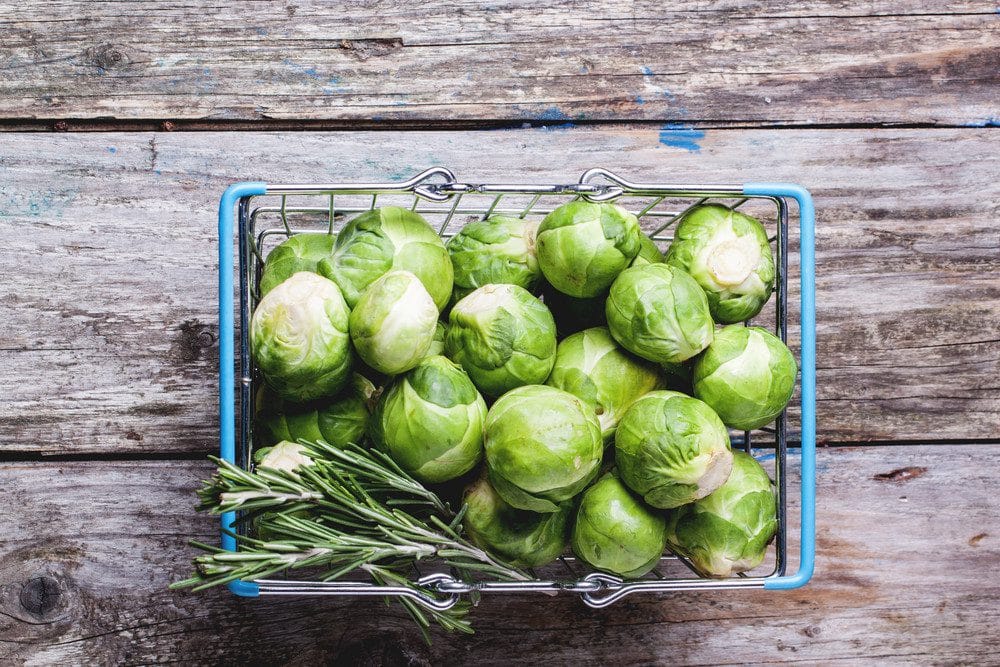
Autumn in the U.S. is a time of fresh beginnings, and it’s the perfect time to reassess your health and wellness goals. If you’ve been feeling lethargic, bloated, or unhealthy, the Whole30 diet plan may be for you.
The Whole30 is a 30-day program that eliminates processed foods, sugar, dairy, grains, legumes, and alcohol. By focusing on whole, unprocessed foods, the Whole30 can help you reduce inflammation, improve your digestion, and boost your energy levels.
More than just a weight loss diet, the Whole30 is a way to reset your relationship with food. By eliminating unhealthy foods and focusing on nutritious whole foods, you can learn to trust your body’s natural hunger and fullness cues.
If you’re ready to make a fresh start and improve your health, the Whole30 is a great place to begin.
Emily Turner is the founder of dietareas.com, an independent wellness researcher, and a recipe developer. After a dual diagnosis of PCOS and prediabetes, she used her research skills to translate complex nutritional science (like the Mediterranean and DASH diets) into delicious, practical, and evidence-based recipes.






